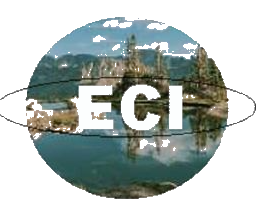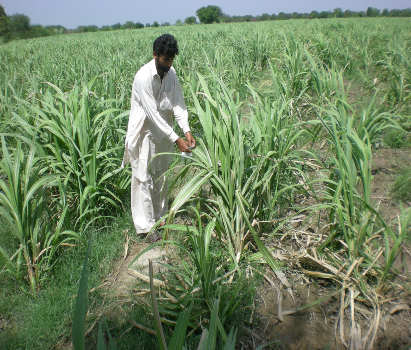Rainwater harvesting dates back to some 6,000 years ago in China. Evidence is available for rainwater collection at least to 4,000 years ago. Water harvesting was used in China from the 3rd millennium BC. The same practices may also be found with the traces in Mohenjo-Daro and Harappa civilizations in Pakistan.
Rainwater is captured through the drain pipes on a building’s roofs or elsewhere. The stored rainwater is then passed through a filter to make it clean for consumption. The harvested rainwater can be stored in a single or multiple tanks that are connected, either under or above the ground. The main purpose of rainwater harvesting is to save and conserve water for future use.
Following are the major advantages of rainwater harvesting:
• Cheap system with lesser cost.
• Helps in reducing the water bill.
• Decreases the demand for water.
• Reduces the need for imported water.
• Promotes both water and energy conservation.
• Improves the quality and quantity of groundwater.
• Does not require a filtration system for landscape irrigation.
In our different projects related to water conservation and efficient use both for households and farming, rainwater harvesting has been an important component. With professional support from our partners such as GWP /PWP, we are further promoting this system at scale based on availability of funded projects or support by the relevant stakeholders.


